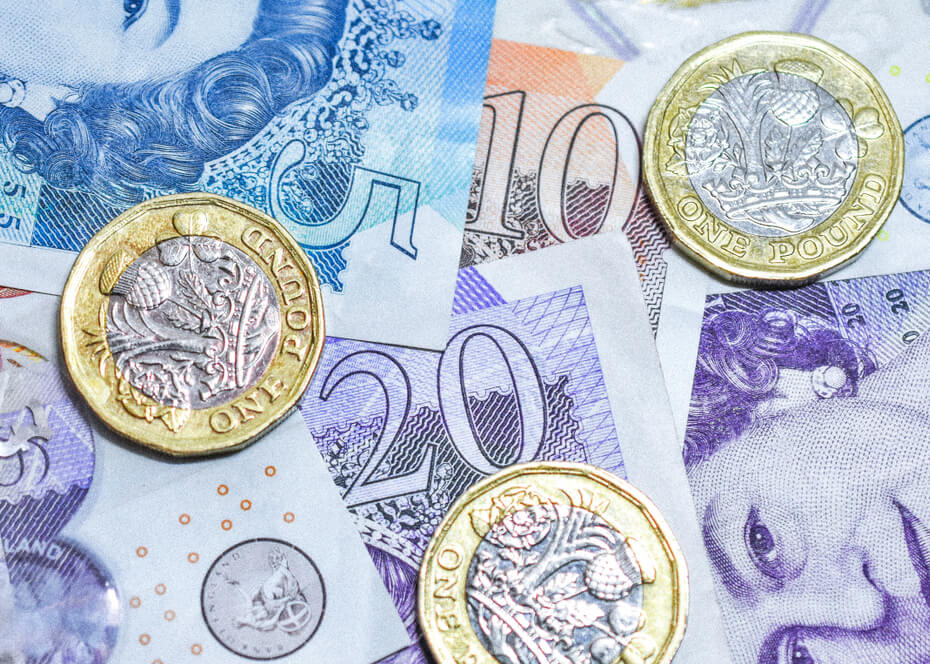The GBP Becomes the Most Unstable Currency in the G-10
Fx Markets: Concerns about Brexit and the Bank of England’s (BOE) meeting this week are putting pressure on the Pound.
The cost of insuring the pound against high volatility over three months is the highest among the G-10 exchange rates as the UK builds up for no-deal Brexit preparations.
Markets expect the BoE to remove support for the currency by not raising interest rates in the coming months.
In fact, money markets are pricing at more than 60% chance of a 25-basis point rate cut by December over concerns of a no-deal Brexit. It compares with 20% in June, soon after BoE supported global trends citing the need to raise rates in the coming years.
JP Morgan strategists including Meera Chandan wrote in a client note that “With Boris Johnson now installed as PM, the Brexit saga is set to recommence,” They said BoE’s shift to a neutral bias and giving up hope for continued stabilization would do little to support the sterling.
According to JPMorgan, policymakers will lower their growth point of view and move further away from raising rates in their decision and Thursday’s quarterly inflation report.
On Monday, the sterling dropped 1.4% to $1.2212 at its weakest since March 2017. Three-month risk reversals for the pair fell to 177 points favoring the pound. It was the most bearish since April.
Meanwhile, gilts are going for a third monthly rally, and strategists predict the gains extending. This month, the yield on 10-year government bonds dropped 18 basis points to 0.66%. The return could fall below 0.50% if a no-deal Brexit happens, according to Petr Krpata the Chief EMEA FX and Rates Strategist – ING
“The more Brexit uncertainty there is, and more it spills over negatively in the growth outlook, the more downward pressure on the U.K. yields there will be,” “If early election weighs on sterling, as we expect, then U.K. rates and yields will go lower due to the mix of flight to safety and the Brexit uncertainty,” Krpata said.
USD rises ahead of expected Fed rate cut as pound flops
On Monday, the USD stood firm against other currencies ahead of the Fed Reserve rate cut this week.
The USD index rose 0.1% to 97.847 by 10:34 AM ET.
Markets expect the Fed to cut rates by at least 25 basis points, being its first cut in 10 years. Positive data, including Friday’s GDP report, lowered the possibility of a 50- basis point cut.
Markets also expect an additional rate cut in September and a 50% possibility of a third cut by year-end.
Meanwhile, Trump, in his tweet, “a small rate cut is not enough, but we will win anyway!” continued to criticize the Fed. Trump bee critical of the Fed for not cutting rates sooner.
The USD rose against the Japanese yen, with USD/JPY up 0.1% to 108.69.
The pound dropped to its lowest rate in more than two years fearing for a no-deal Brexit. Michael Grove wrote in the Sunday Times that UK government is assuming a no-deal Brexit.
Boris Johnson, the newly appointed UK prime minister, hopes to meet the EU leaders t negotiate a deal. However, EU officials are unwilling to change the terms of the draft agreement for PM Teresa May made.
GBP/USD dropped 1% to 1.2255, while EUR/USD was flat at 1.1128, and USD/CAD did not move at 1.3163.

